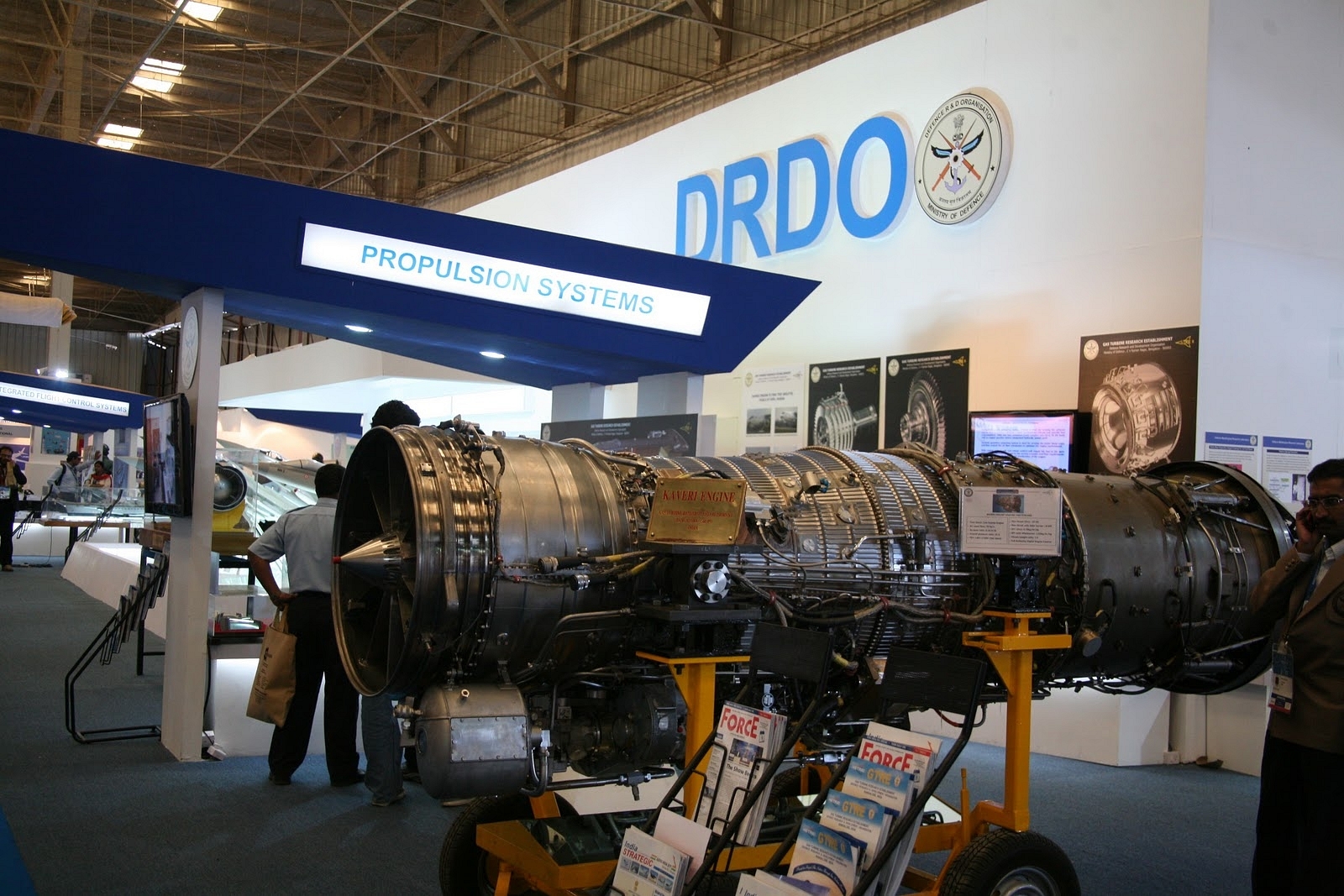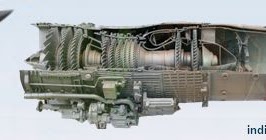- Joined
- Oct 29, 2020
- Messages
- 1,278
- Likes
- 6,688
Yes it's a old image and position of EOTS is very unique and flawed.
Yes it's a old image and position of EOTS is very unique and flawed.
Very less I think whole contribution is coming from drdo budget which is already very scarce after CCS approval drdo only has to spend 50pc from their budget.Individual findings since 2012 like 900 crores to 2,000 crores has been provided.
The whole programme will need 30,000 crores to 60,000 crores. How much is funded is still unknown.Very less I think whole contribution is coming from drdo budget which is already very scarce after CCS approval drdo only has to spend 50pc from their budget.



 defenceupdate.in
defenceupdate.in
I highly, highly, and once again, HIGHLY doubt about full ToT for hot section of gas turbine engines from any country. Look at the business impact:Rafale offsets: M-88 engine complex soon, French to co-develop 110 kn engine for AMCA
Even as the central auditor has raised questions on non-completion of high end technology transfer as part of the Rafale fighter jet offsets deal, ET has learnt that a new fighter jet engine complex spearheaded by the Defence Research and Development Organisation (DRDO) is in the works, with advanced discussions on for a completely new engine for future Indian fighters with a French manufacturer.
The new engine complex is being set up as a national mission to develop a 110 kilo newton powered engine for the future class of advanced medium combat aircraft (AMCA) and could produce the engine within seven years of starting work.
French engine manufacturer Safran has offered a compete technology transfer to develop the engine and use the offset credits from the Rafale deal and is also tying up with Hindustan Aeronautics Limited (HAL) for transferring manufacturing technology for high end engines.
“We are signing an agreement related to the technology needed for high thrust engine manufacturing. The technology will be common to the Rafale engines that can be supported by us and would also be useful for the 110 kn engine project,” HAL Chairman R Madhavan told ET.
While the new engine complex is yet to be set up, the broad understanding is that it would cater to high end fighter jet engines while HAL would be involved in lower thrust engines for helicopters, light transport aircraft, UAVs and trainers.
HAL is also likely to be part of the 110 kn engine project as a manufacturing partner. As reported by ET, the air force is keen that the future AMCA fighter jet be powered by an indigenous engine to ensure self reliance. While the first squadron of the AMCA fighters would need a foreign engine due to timelines, future squadrons would be powered by an Indian engine, which could possibly be christened the Kaveri.
As reported, in a report referring to the Rafale fighter jet deal, the Comptroller and Auditor General (CAG) pointed out on Wednesday that plans for transfer of high end technology as part of the offsets deal have not been completed and it not clear if it will even take place in the future.
ET has been reporting that plans to use the Rafale offsets for obtaining jet engine technology has been hanging since 2016, even though French company Safran has been in talks with Indian stakeholders. French companies can modify offset plans at any point but have a huge obligation – to the tune of 3.5 billion Euro – that need to be competed in the next three years, though this timeline can be extended by the government.

Rafale offsets: M-88 engine complex soon, French to co-develop 110 kn engine for AMCA — Indian Defence News
Even as the central auditor has raised questions on non-completion of high end technology transfer as part of the Rafale fighter jet offsets deal, ET has learnt that a new fighter jet engine complex...defenceupdate.in
Funny isn't it. Nuclear weapons technology is far more disruptive and can change power equations between countries in an instant but is relatively proliferated more.I highly, highly, and once again, HIGHLY doubt about full ToT for hot section of gas turbine engines from any country. Look at the business impact:
1> Engines for domestic fighter jets. Why should a GE, P&W, Saturn, RR, or SAFRAN share the tech with us that will let us NOT buy their wares for lots of $$.
2> Spin off commercial jet engines to be used in passenger aircraft. And undercut all of the above in price.
3> Spin off commercial turboprop engines for the above. And military transports.
4> Spin off marine gas turbine engines.
They stand to lose billions of $$ in business. So I will take this with a grain of salt. And these companies struggled decades and failed many times before reaching here. So why should they give us such money making tech and create another peer?
Is this in sight yet?Expected sanction - Dec 2020
Nope lmaoIs this in sight yet?
Really depends on how much design/fabrication was going on behind closed doors before full funsing confirmation. 2022-2024?Any update on when the technology demonstrator would be ready?
1:6 model in aero indiaHope to see full scale mock-up of AMCA in Aero India 2021. It was supposed to be unveiled in Aero-India 2019.
I know both the MWF and AMCA programs are running in parallel with separate work teams but the ADA should jump start the MWF first. If we produce the first prototype of the MWF this year it will take minimum 5 years to complete flight testing and removal of bugs. Both the airframe and the engine have to be validated. The GE414 has never been tested on any Indian plane though it is a tested and certified engine powering the F18 SH.Waiting for CCS to sanction the prototype development of AMCA,any idea when it would be done?
Which technologies are still left for MWFI know both the MWF and AMCA programs are running in parallel with separate work teams but the ADA should jump start the MWF first. If we produce the first prototype of the MWF this year it will take minimum 5 years to complete flight testing and removal of bugs. Both the airframe and the engine have to be validated. The GE414 has never been tested on any Indian plane though it is a tested and certified engine powering the F18 SH.
Get the goddamn MWF programme running. The AMCA can wait for some time. As the high tech technologies for the AMCA are not ready yet.
Designing and developing the AMCA without bringing the MWF to fruition will be a more difficult task. The MWF will be a necessary stepping stone to make the AMCA project more feasible.Which technologies are still left for MWF
